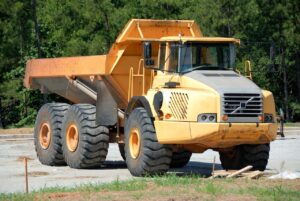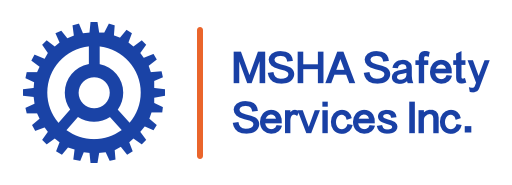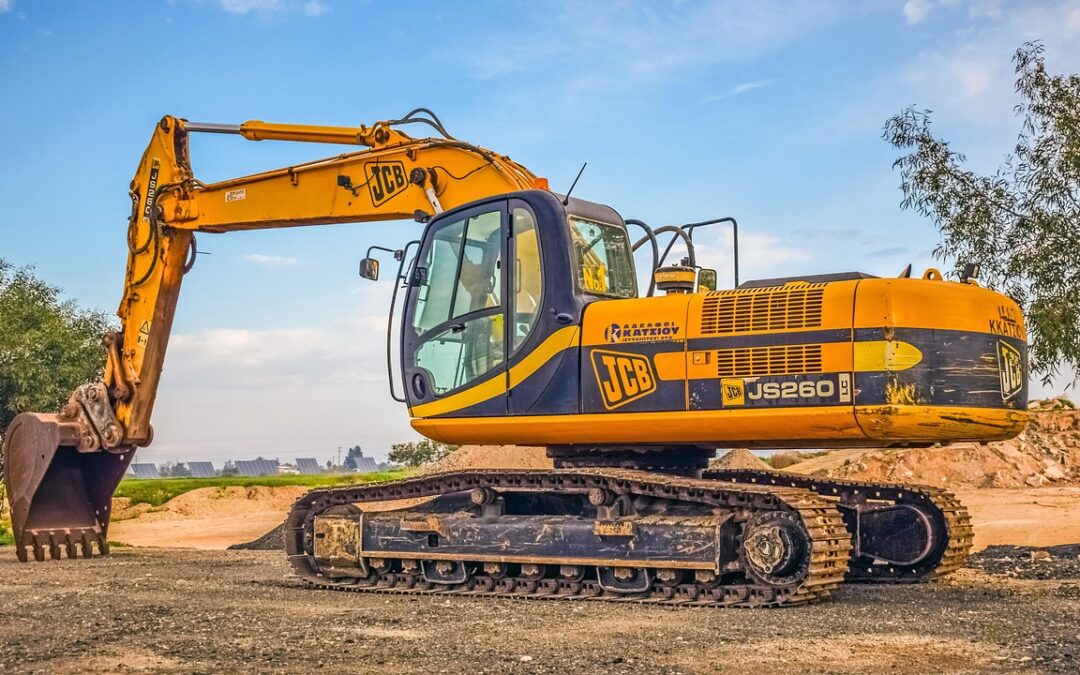Before any mining equipment powers up for the day, one step can determine whether the shift unfolds safely or ends in an incident: the pre-operational inspection. These daily checks are the first line of defense against equipment malfunctions, workplace accidents, and regulatory violations. In mining environments where machines operate under punishing conditions and every mechanical detail matters, skipping inspections is more than an oversight—it’s a dangerous gamble. This article explores why pre-operational inspections are essential, how they intersect with broader safety and maintenance standards, and what’s required to meet MSHA regulations while protecting your team and keeping operations on track.
Why Pre-Operational Equipment Inspections Are Essential to Mining Safety
Mining operations rely heavily on complex machinery, and the risks associated with that reliance increase if equipment issues go unnoticed. Pre-operational inspections serve as a checkpoint to catch problems—whether it’s a leaking hydraulic line, a malfunctioning brake, or a loose guard—before they escalate into serious hazards.
Many equipment-related accidents happen because an issue was missed during the pre-shift routine. These inspections are not bureaucratic box-checking exercises—they are proactive safety measures. Just a few minutes spent inspecting equipment can prevent hours of downtime or even life-threatening injuries.
Understanding Safety Requirements and Pre-Operational Inspections in Mining Operations
MSHA mandates that all machinery must be inspected before use—every shift, without exception. Regardless of how new or reliable the equipment may seem, inspections are required to ensure it meets the necessary safety standards.
Pre-operational inspections serve multiple purposes. They help detect wear or defects that could lead to accidents, verify that all safety features are functioning as intended, and create a documented record confirming that the equipment is fit for use. Beyond compliance, these checks reflect a broader culture of accountability and care for worker safety, helping prevent breakdowns and promoting operational efficiency.
Key Components to Inspect Before Operating Mining Machinery
Although each piece of mining equipment varies, certain components are essential to examine before starting operations. Operators should check brakes and steering systems, assess tires or tracks for wear, inspect hydraulic hoses for leaks or damage, and ensure all lights, horns, and audible alarms are working correctly.
Fluid levels—including fuel, oil, and coolant—should be verified, and safety mechanisms like seat belts, fire extinguishers, and operator restraints must be intact and functional. Even visual elements such as warning decals and signage need to be legible and present. These routine checks ensure machines are safe to operate from the start of every shift.
How Pre-Operational Inspections Support Safety Standards for Equipment Maintenance and Repairs
The benefits of pre-operational inspections extend well beyond the moment they’re performed. These checks contribute to long-term equipment reliability and safety by identifying issues early, allowing maintenance to be scheduled proactively rather than reactively.
Consistent inspections lead to timely diagnoses, giving teams the chance to plan for repairs, order parts ahead of time, and keep machines compliant with safety regulations. This not only reduces emergency downtime but also prolongs the life of the equipment and supports continuous production.
MSHA Guidelines for Pre-Shift Equipment Inspections
According to MSHA’s Title 30 CFR regulations, pre-shift inspections are not optional—they are a legal obligation. Operators must visually and functionally assess their equipment, promptly report any defects, and document their findings. If machinery is found to be unsafe, it must be tagged and removed from service until repaired.
Non-compliance can result in citations, financial penalties, or worse—preventable injuries. Following MSHA’s inspection standards is a direct investment in safety and operational integrity.
Assigning Responsibility: Who Conducts Pre-Operational Equipment Inspections?
Typically, the responsibility for conducting pre-operational checks falls on the equipment operator. Operators are the most familiar with their machines and best equipped to notice when something feels off. However, supervisors and safety personnel are responsible for ensuring inspections are being completed correctly and that any issues are followed up appropriately.
To maintain accountability, everyone on-site should understand the inspection process, including who conducts it, which checklist to use, how to report issues, and what steps to take when a machine is deemed unsafe. Clear expectations eliminate ambiguity and reinforce a culture of responsibility.
Training Requirements for Conducting Pre-Operational Inspections
Only trained personnel should be authorized to perform equipment inspections. Proper training involves teaching operators how to spot safety issues such as worn parts, fluid leaks, or missing components. It also includes instruction on how to document inspections, tag unsafe machinery, and escalate issues when necessary.
This training is typically delivered during new miner orientation and reinforced during annual refresher sessions. Visual guides, hands-on demonstrations, and standardized checklists are effective tools for reinforcing these skills.
Implementing Effective Inspection Checklists for Mining Equipment
A strong checklist is key to making inspections consistent, thorough, and efficient. It ensures that no essential areas are overlooked and that documentation is clear and standardized.
Effective checklists should be tailored to the specific type of equipment, covering key safety features, fluid systems, controls, and general wear points. They should be easy to follow, quick to complete, and include space for notes and the inspector’s signature. Many sites now use digital checklists, apps, or laminated templates mounted near equipment stations to streamline the process.
Common Deficiencies Detected During Pre-Operational Checks
Inspections often reveal recurring issues that, if left unchecked, could pose serious safety risks. Common problems include low brake fluid, malfunctioning lights or alarms, oil or hydraulic leaks, worn-out tires or tracks, loose belts or hoses, and damaged seat belts.
Catching these problems early helps prevent equipment from becoming unsafe and avoids the financial and operational strain of emergency repairs.
Top Priorities During Pre-Operational Equipment Inspections
While time before a shift may be limited, certain components should never be skipped. Brakes and steering systems are high-priority, as are emergency shut-offs, audible alarms, lights, mirrors, and fluid levels. These systems directly affect the operator’s control and visibility—both crucial for safe machine operation.
Even if the machine operated perfectly the day before, parts should always be rechecked. A single shift can introduce wear or damage that wasn’t there previously.

Consequences of Neglecting Pre-Operational Inspections
Neglecting equipment inspections can have serious consequences. The risks include an increased likelihood of injury or fatality, unexpected equipment failures, regulatory fines, and significant production delays. In some cases, ignored issues can also lead to the complete loss of expensive machinery. Investing a few minutes in a pre-shift inspection can save lives, prevent accidents, and reduce long-term operational costs.
Reinforcing the Importance of Pre-Operational Inspections and Safety Standards in Mining
To operate safely and efficiently, mine sites must treat pre-operational inspections as a non-negotiable part of daily routines. These checks support regulatory compliance, minimize mechanical failures, and most importantly, protect the lives of operators and their teams.
When inspections are embedded into the safety culture—with the backing of leadership, clear checklists, and effective training—they become second nature. Remember: in mining, safety starts before the engine does.

